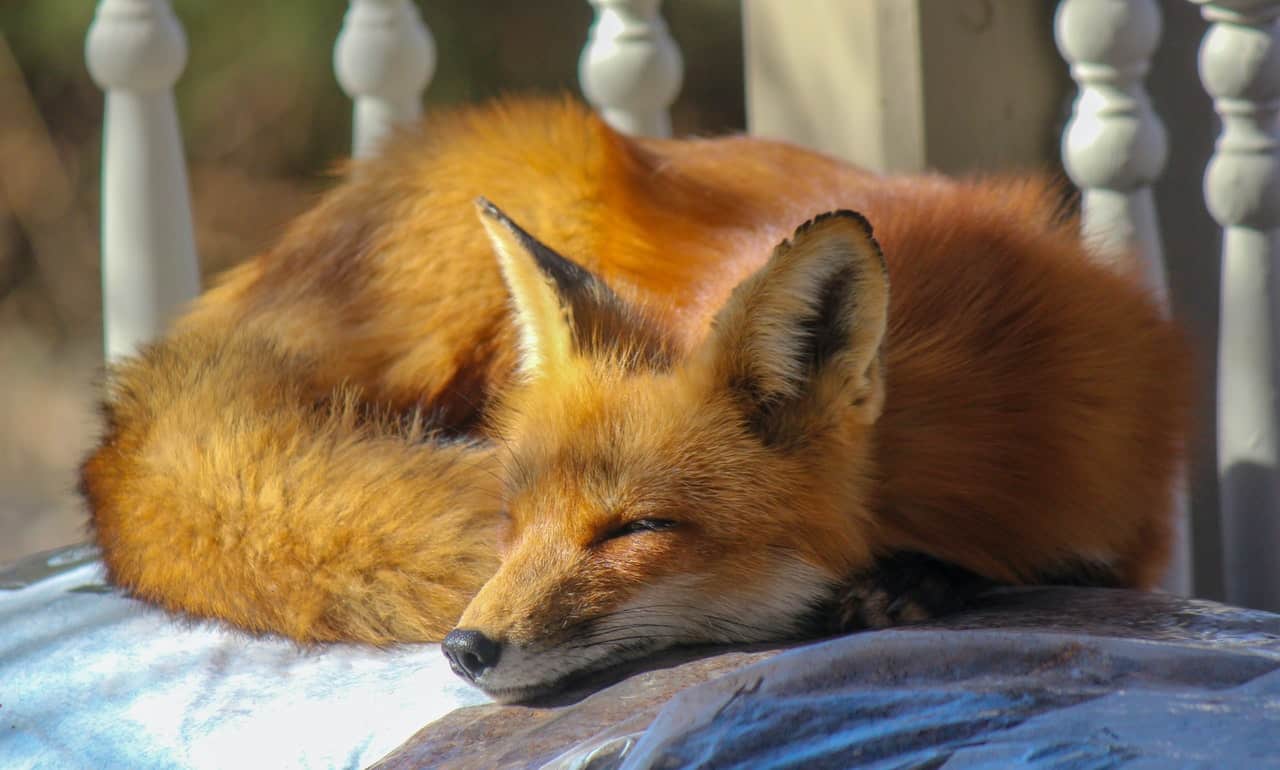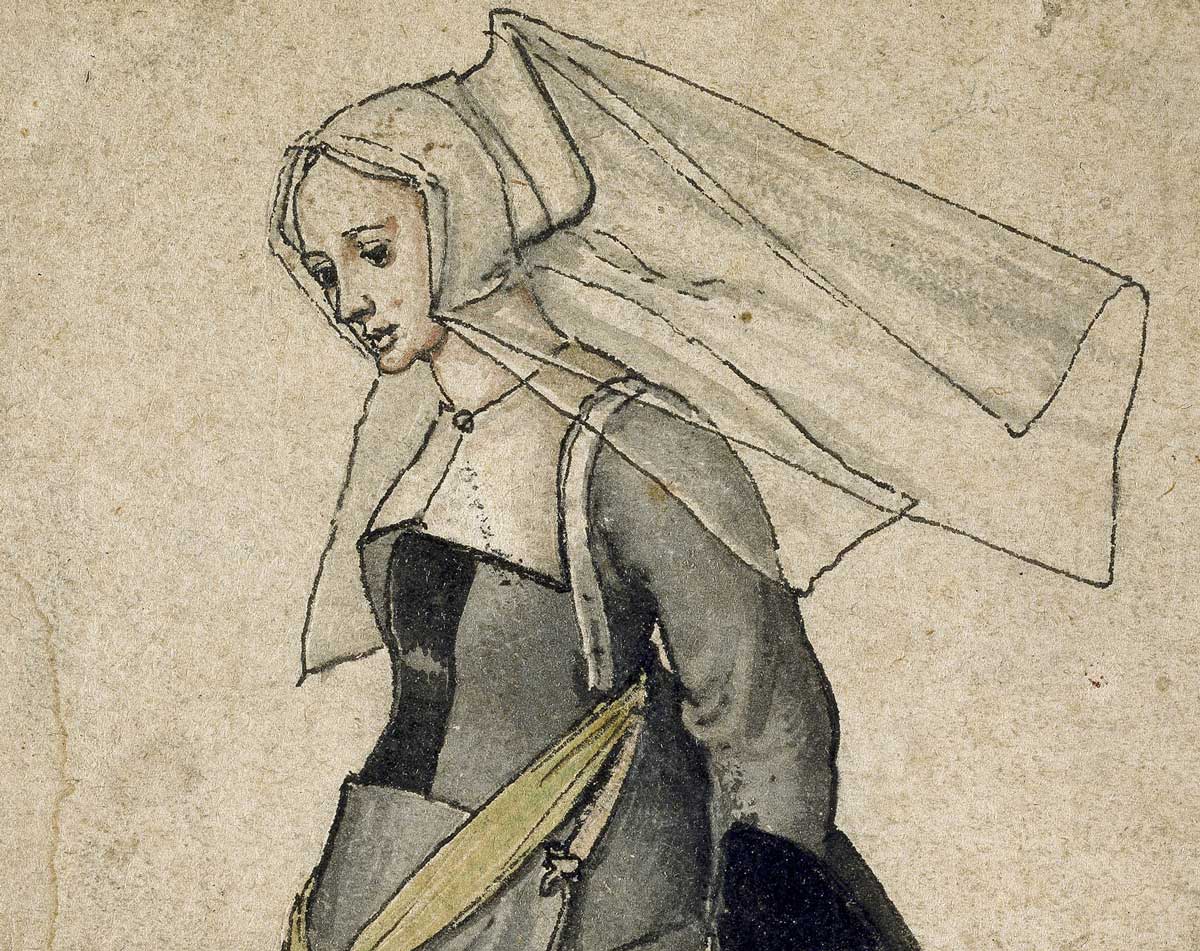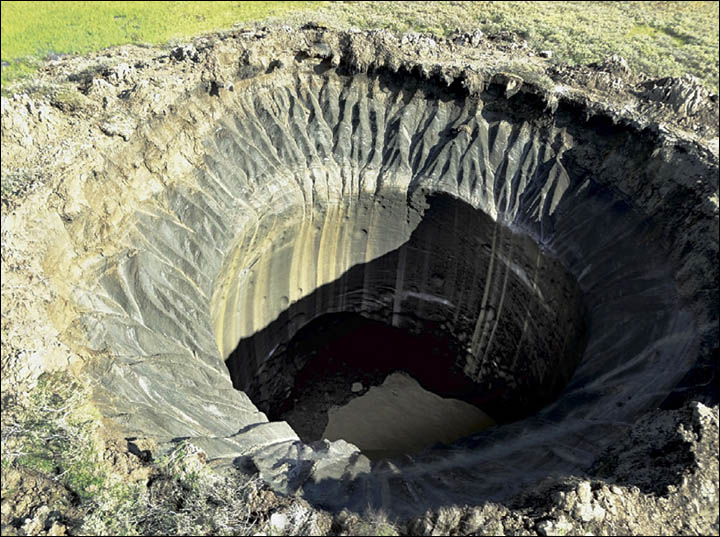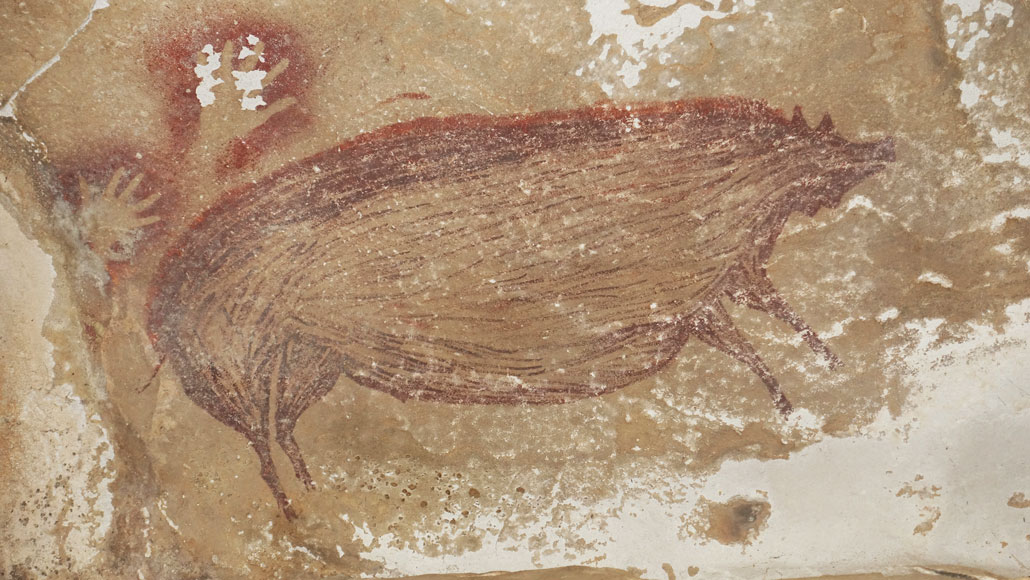Why England is doing so poorly against Covid-19 compared with the rest of Western Europe? Two of our top scientific analysts, Prof. Christina Pagel and Prof. Martin McKee (both of Independent SAGE) take a quietly scathing look in this Guardian article from a few days ago.


CNN, capturing a widespread view, called England’s approach an “experiment” (a leader in the Irish Times prefaced that word with “reckless”).
. . .
Since 1 June, there have been almost 3m confirmed cases of Covid-19 in England. Rather than prompting concern, this seems to have instead resulted in a perception that England has transitioned to “living with the virus”. Each week in England there are still more than 500 deaths and between 150,000 and 200,000 confirmed cases of Covid-19 … Yet these numbers are rarely discussed. Presumably they are considered a necessary price to pay for the majority to get back to living a normal life (of course, many of those who are clinically vulnerable, and their family members, do not feel able to enjoy this return to normality).
. . .
England has one of the highest burdens of Covid in Europe … England’s case rates are eight to 10 times higher than some of the best performing countries, such as Spain and Portugal.
. . .
Why are our closest neighbours achieving much better health outcomes given that they, too, have their children back at school, their students back at university, and their business and leisure facilities open?
. . .
[England] had fully vaccinated 67% of its entire population by the beginning of October, far lower than countries such as Portugal (85%), Spain (79%), Denmark (75%) and Ireland (74%). Crucially, much of the rest of Europe began vaccinating teens early in the summer.
. . .
Face coverings and vaccine passports remain widespread across western Europe … Many countries have also made major investments in ventilation and filtration, while some have made CO2 monitors compulsory in certain settings … In England these measures have been scrapped.
. . .
England, not for the first time, is the odd one out in Europe. The Sage modelling subgroup … warned of the potential for new surges this autumn and considered that “a relatively light set of measures could be sufficient to curb sustained growth” – advice the government has, once again, ignored. If it looked to its European neighbours, England might realise that they are already doing just this. They are demonstrating that there is a way to be open while keeping cases low [which] works. And we should be doing it.
So what do we have? Two jumbo jets week of people dying of Covid – and yet no outcry, no concern. Escalating rates of infection amongst school-age children. And a lack of enforcement of health and safety legislation which requires employers to provide a safe working environment – see this thread on Twitter. All because we have an inept, selfish government which the great unwashed UK numpties love.
How much better would everything be if everyone took on board the old tenet: Treat other people as you would want them to treat you. Think about it. There’d be a complete paradigm shift; in everything!









































